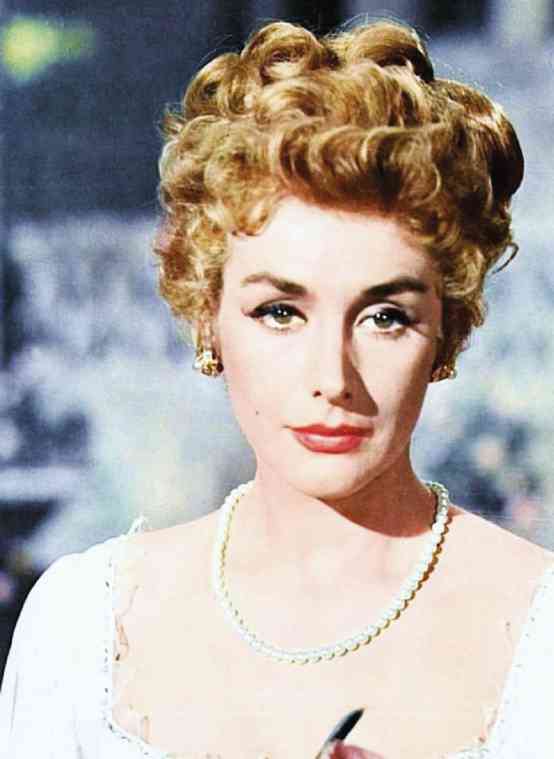Now that the bulk of local primetime programming consists of teleseryes, the clichés they’ve engendered have become a veritable plague that we should watch out for—and avoid!
The next time you see any of these cheap and obvious gambits unfurling on the appropriately named boob-tube, instantly change channels—or run for your life:
We’ve already written about the bane of teleseryes’ “vengeance” and “violent retribution” themes, which continue to be favored by kneejerk scriptwriters to this day. So, let’s instead start off with another pet ploy, the “coincidental” initial meeting of a new series’ leads!
It happens all the time: Girl bumps into Boy, or vice versa, they dislike each other intensely at the start—then eventually find themselves falling madly and retroactively in love!
Why is this plot ploy so favored? Because it suggest to all the losers in the TV audience that, one fine day, they too could find or literally bump into the love of their lives in a similarly “fated” fashion!
Uh, reality check, everyone: Teleseryes are escapist fiction—so never, ever believe that you could find yourself the star of a “teleserye ng buhay mo”—that’s an even bigger fantasy!
Of late, one of our pet peeves on TV is the way that most teen dramas feature young kontrabidas whose sole reason for being is to make the series’ young female lead’s life horrendously miserable! Even more ridiculously, these cliché viragos don’t travel alone, they invariably roam about in salivating and blood-thirsty pack of three!
There’s the lead teen-villainness, usually a starlet with absolutely no stellar prospects, and two other uglier and even meaner minor cohorts. Their sole mission in life is to harass and persecute the young female lead to within an inch of her miserable life—until just before the dreary series ends, she predictably metamorphoses from creepy-crawly maggot into a beautiful butterfly—and terminates their miserable existence!
Also becoming “trendy” these days is the use of ultra-wise children to teach adult characters how to behave and live! You see this in “inspiring” series like “The Gift Giver,” “Dream Dad” and “Hawak-Kamay.”
This “cute” device is patently unreal, but kneejerk scriptwriters keep resorting to it because it’s “precociously clever.”
Kay Kendall
Our mere mention of Kay Kendall in a piece on forgotten comedy stars surprised us with the reaction it got, with more than the usual number of film buffs seconding the motion and asking us for more:
Kendall was a standout as a comedienne due to her most unusual combination of beauty, class—and a feisty readiness to poke fun at herself. She started performing at just 13 years old, dancing in the chorus line at the London Palladium.
She and her sister, Kim, came up with a music hall act, then she became a movie star. She got her big break in 1953 in the hit comedy, “Genevieve,” and quickly followed up with delightful performances in British and US films.
She was lauded for her keen sense of comic timing and would have gone to major screen stardom after she married Rex Harrison in 1957—but tragically died from leukemia only two years after. Her filmography includes “Doctor in the House,” “The Constant Husband,” “Les Girls,” “The Reluctant Debutante” and “Once More with Feeling.”
Quite similar to Kendall in her rare combination of beauty, class and comedic smarts, Cybill Shepherd was discovered by Peter Bogdanovich, who cast her perfectly as a high school flirt in “The Last Picture Show” (1971). Her early movies didn’t make her a big star, but she made a major comeback on TV via “Moonlighting,” when her feisty teamup with Bruce Willis really caught fire.
Other early female exponents of screen comedy include Mary Pickford, Joan Blondell, Claudette Colbert, Ginger Rogers, Julie Holliday and Fanny Ardant. Later, Doris Day was popular for many years for her “wholesome” yet teasing comedies about romance and (hush-hush) sex.
For her part, Ann-Margret was more forthright in her flirtatious, winking allure, epitomizing the sex kitten of the ’60s by way of her delicious “introductory” screen role in “Bye-Bye Birdie.” Later, even more forthright exponents of sex onscreen like Raquel Welsh, Brigitte Bardot, Sophia Loren, Tuesday Weld and the young Jane Fonda came to the fore—but they often forgot to be funny.
For her part, Goldie Hawn became popular as the kooky, blonde “punchliner” on the pioneering TV gag show, “Laugh-In,” which was so successful that it spawned a host of emulators and downright imitators.
Goldie also clicked as a movie actress, winning an Oscar for her first supporting role in the film, “Cactus Flower.” Her other notable and risible film outings include “Private Benjamin,” “Shampoo,” “Sugarland Express,” “Swing Shift” and “Butterflies Are Free.”


